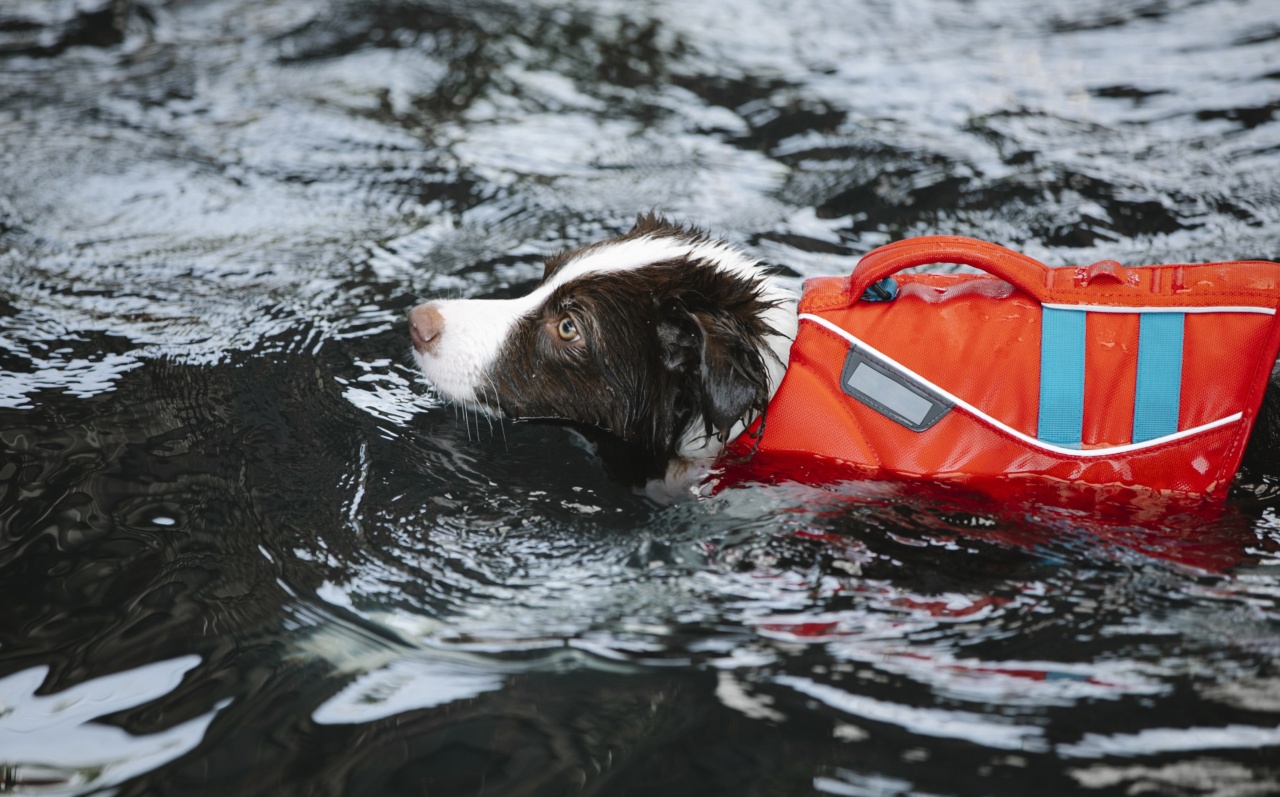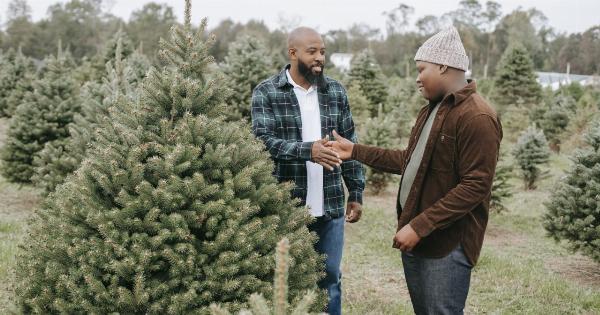Dogs, like humans, go through phases of growth and development. One of the most challenging stages that dogs go through is adolescence. This is a time when they are no longer puppies but are not yet fully mature dogs.
Adolescence comes with a range of challenges and behavioral changes that can be overwhelming for both the dog and the owner. As a responsible dog owner, it’s essential to help your dog navigate this phase of life by giving them the necessary support and guidance. Here are some tips to help your dog handle adolescence in the best way possible.
1. Be Patient with Your Dog
Adolescence is not easy for anyone, and that includes dogs. They are going through a lot of changes, both physical and emotional, and it can be a confusing time.
It’s important to be patient with your dog during this phase and understand that some of their behaviors might not make sense right away. Avoid getting frustrated or angry with them and instead, try to be understanding.
2. Focus on Positive Reinforcement
Positive reinforcement is a proven method of training dogs, and it’s especially important during adolescence. Focus on rewarding good behavior rather than punishing bad behavior.
This will help your dog understand what you want from them, and they will be more likely to repeat the good behavior in the future. Make sure you use treats, praise, and playtime to reward your dog for good behavior.
3. Keep Your Dog Active
Adolescent dogs have a lot of energy, and they need a way to burn it off. Ensure your dog gets enough exercise to keep them healthy and happy. Consider taking your dog on long walks, runs, or playing a game of fetch.
Doing activities with your dog will also help strengthen the bond between you and your canine friend.
4. Provide Mental Stimulation
Dogs need mental as well as physical stimulation, especially during adolescence. You can provide mental stimulation by playing games with your dog that require them to think, such as hiding treats or playing with puzzle toys.
Mental stimulation can help reduce boredom and prevent destructive behavior.
5. Stick to a Routine
Dogs thrive on routine, and it’s especially important during adolescence. Make sure you stick to a consistent schedule for feeding, walking, and exercise. This will help your dog feel secure and reduce any anxiety or stress they might be feeling.
It’s also a good idea to set boundaries and rules for your dog to follow to help them understand what is expected of them.
6. Socialize Your Dog
Socialization is essential for dogs at any stage of life, but it’s especially important during adolescence.
Exposing your dog to different people, animals, and environments can help them develop the social skills they need to be well-adjusted adults. Make sure you introduce your dog to different dogs, people, and experiences in a controlled and positive environment.
7. Provide a Safe Space
Dogs need a safe space to retreat to when they are feeling overwhelmed or anxious. Ensure your dog has access to a comfortable and quiet space where they can take a break from any stressful situations.
You can create a safe space for your dog by providing them a crate or a designated area in your home or yard.
8. Invest in Training
Investing in dog training during adolescence can help you and your dog immensely. A trainer can help you work through any behavioral issues and provide you with guidance and support.
Dog training classes can also help your dog develop important socialization skills.
9. Monitor Your Dog’s Health
Adolescence is a critical time for a dog’s health and development. Keep an eye on your dog’s nutrition, exercise, and general well-being.
Regular check-ups with a veterinarian are also important to ensure your dog stays healthy and happy during this phase of life.
10. Be Consistent and Persistent
Adolescence can be a challenging time, but it’s essential to be consistent and persistent in your approach to training and behavior management.
Be patient, remain positive, and stick to a consistent routine when it comes to your dog’s training and development. The results will be a well-adjusted adult dog that you’ll be proud to call your furry friend.































